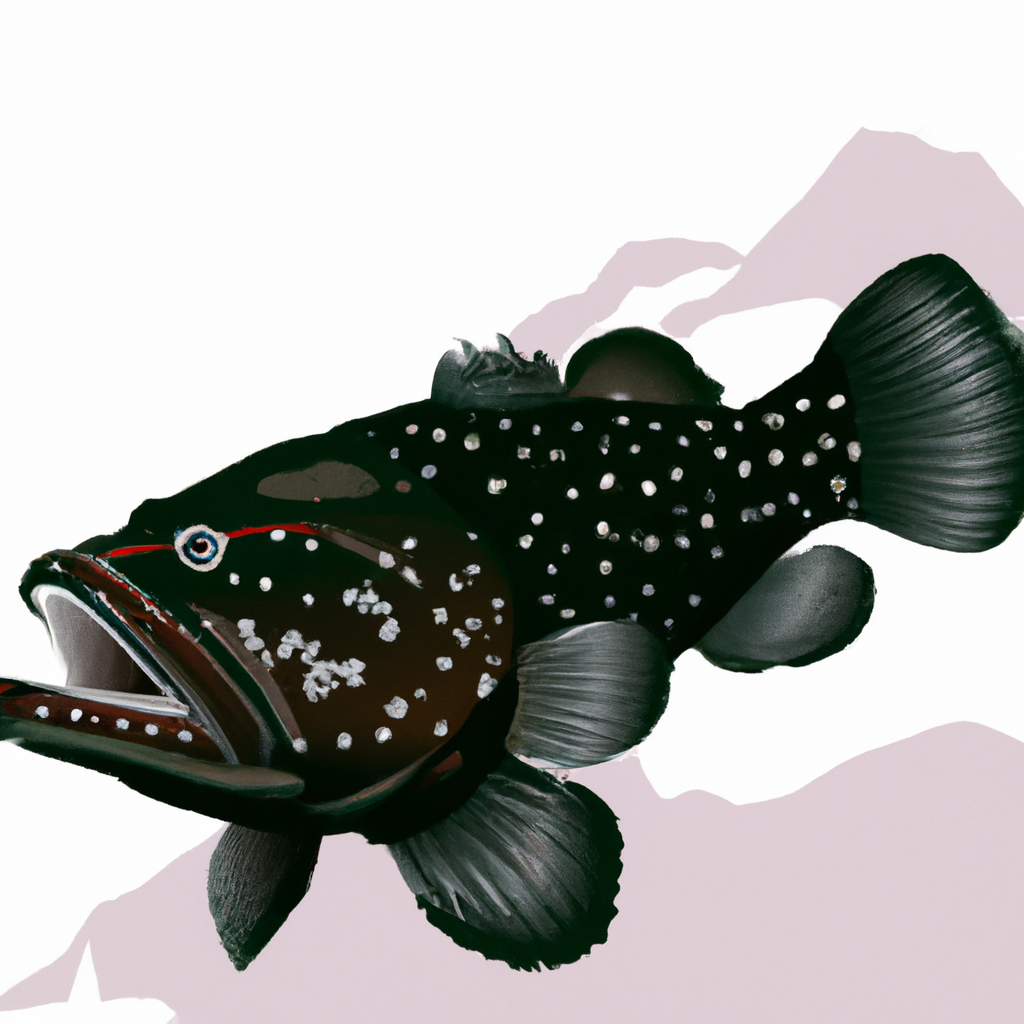The black grouper, scientifically called Mycteroperca Bonaci, is a fish species that belongs to Serranidae. It is a highly sought-after game fish, both by commercial and recreational fishermen, due to its delicious, white, flaky and mildly sweet meat. This guide will give you a detailed look at the black grouper. We’ll cover its habitat, appearance and diet, as well as its behavior, fishing methods, and conservation status.
Habitat
The black grouper is found primarily in the western Atlantic Ocean from the coast of North Carolina down to southern Brazil. It can also be found in the Gulf of Mexico, the Caribbean Sea, and the Gulf of Mexico. It prefers warm shallow waters that range in depth between 30 and 130 feet. It is often found near coral reefs, ledges and wrecks. It is a species that lives near the ocean’s bottom.
Appearance
The black grouper is one of the largest fishes. It can reach lengths up to 4 feet, and weigh up to 120 pounds. However, most specimens caught are between 5 and 25, and it is usually a large fish. It has an elongated, stout body with a large mouth and head. Its color is usually dark gray to black, with some light spots on the fins and side. Its dorsal and anal fins are concave.
Diet
The black grouper is a predator that feeds on various fish, crustaceans and cephalopods. Its diet consists of small fish such as grunts and snappers as well as lobsters, crabs and shrimp. It has strong teeth and jaws that are ideal for crushing hard-shelled predators.
Behavior
Black grouper is a territorial fish that can form small schools. It is active at night and spends the majority of its time near to the bottom. It can be found hiding in crevices, or under overhangs. It is a slow moving fish that can be hard to spot. It may only move a short distance to feed or to find shelter.
Fishing Techniques
Both recreational and commercial anglers are attracted to the black grouper, a prized gamefish. Black grouper can be caught using several techniques, including bottom-fishing, trolling and drift-fishing. Popular baits are live fish, squid and cut bait. The best time to catch black grouper is in the summer, when the water temperature is at its warmest.
Conservation Status
As a commercially valuable species, black grouper is under pressure from fishing. The International Union for Conservation of Nature has classified it as a species of little concern. There are still several regulations in place that ensure the sustainability of this fishery. These include size and bag limits as well as closed seasons and gear restrictions.
Conclusion
The black grouper is a highly sought after fish that is found in the western Atlantic Ocean. Its delicious flesh, along with its challenging nature as game fish, make it a popular choice for commercial and recreational fishermen. There are regulations to ensure that it is managed sustainably for future generations. This guide is intended to give you a better understanding of this amazing fish.




